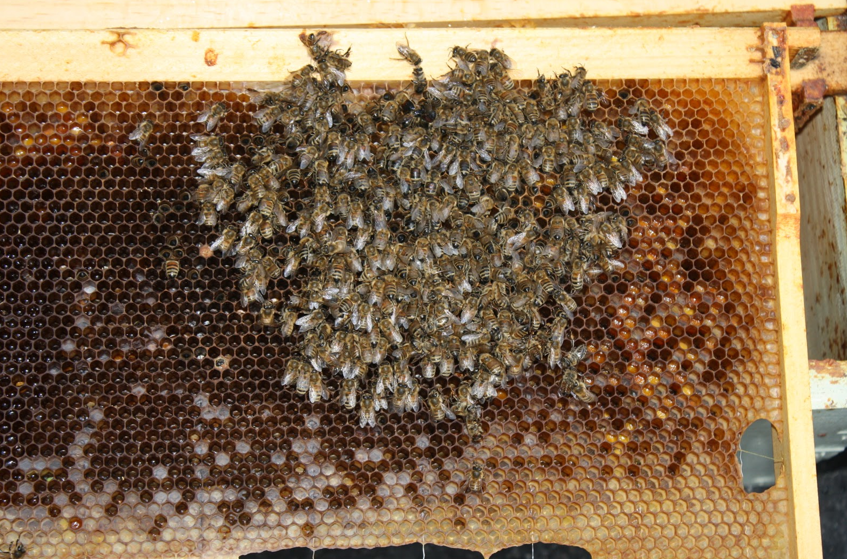Langstroth’s “Intelligent Cultivator” Part 4 of 7 – Spring Brood and Dead Outs
- Posted
Early Spring Brood Rearing and Dead Outs
To save resources, honeybee colonies in the northern states stop brood rearing during winter. Brood rearing is resumed in late winter to build up a sufficient worker force that allows the exploitation of floral resources in the upcoming spring. The timing of brood onset in hibernating colonies is crucial and a premature brood onset could lead to an early depletion of energy reservoirs.
Honeybee larvae and pupae are extremely stenothermic–strongly depend on accurate regulation of brood nest temperature for proper development (33–36°C/91-97°F). Early increasing internal temperature from a highly conductive hive triggers brood onset. Under cold conditions, photoperiod alone does not affect brood onset, but the light regime alters the impact of higher internal temperature on brood rearing activity. Timing of brood onset in late winter is mainly driven by temperature but modulated by photoperiod. So, an increase of cold stress (cooling of the colony) through thin-walled hives forces the intensity of heat production through thoracic flight muscles (“shivering”) and the number of endothermic individuals in tight proximity to each other, especially in the brood nest. As endothermy means hard work for honeybees it increases food consumption and the resulting output of water vapor.
Man-made enclosures that allow high heat transfer because of high conductivity, warming more quickly with the increased radiant heat from increasing photoperiod could increase brood production, excessive resource consumption and water vapor all leading to starving, increased condensation and mold, and even chilled brood when there aren’t enough honeybees to endothermically produce the higher temperature demands of early brood.
The winter cluster is remarkably efficient at conserving honey. It is only when it expands to produce a heated core and ramps up brood rearing in early spring that it really starts to consume stores it might not in a tree nest. Far more starvation occurs during a cold spring than during the winter when they are encouraged to begin raising brood in a highly conductive structure. More energy to heat the colony = more consumption and humidity which in a cold walled hives simply forms droplets and falls on the colony making it even harder to heat the brood.
Could an improved hive delay the start of brood rearing, reduce internal temperature changes, keep the ceiling warm and humid for better larvae development, improve beneficial heat and moisture management, and reduce water droplets forming on cool surfaces? The implied improved survival in hives with thermal properties of tree nests may help to solve some of the problems honeybees are currently facing when overwintering.
